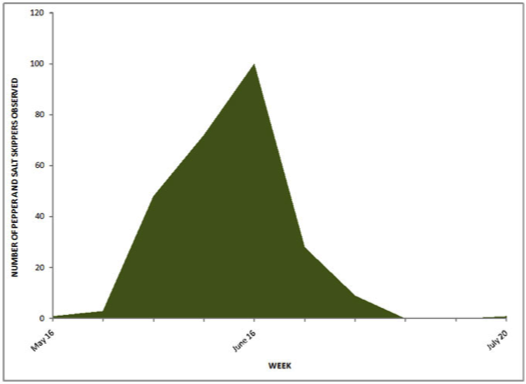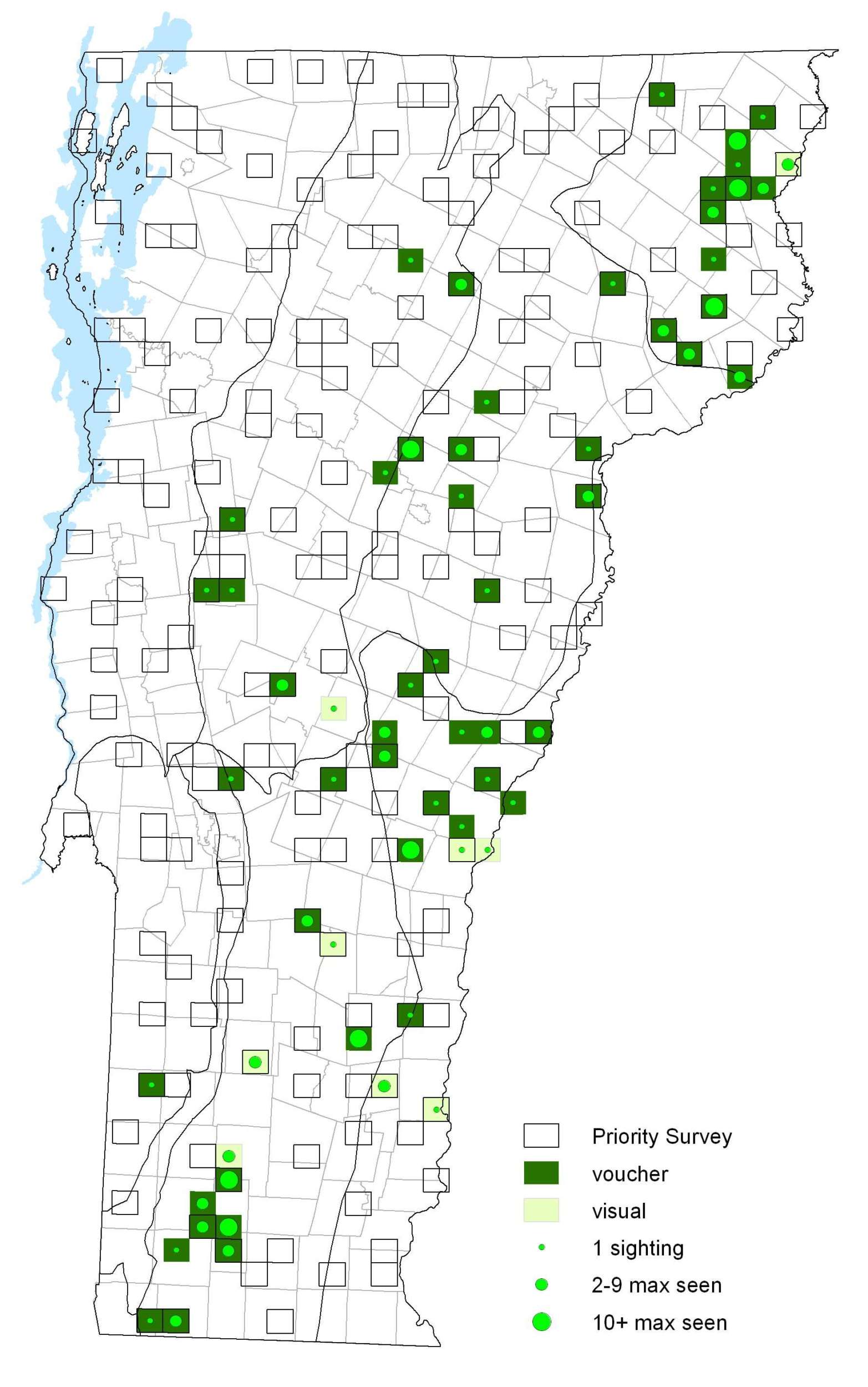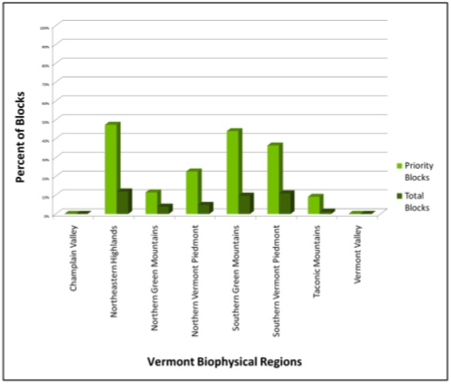|
Resident Conservation Status North American Range |
A dainty, white-fringed skipper with distinctive markings making it easy to identify in the field. Males can be found perching on flat leaves in the sun, lying in wait for a receptive female. Though adult Pepper and Salt Skippers do nectar from flowers, more often they can be found sipping minerals from small puddles or damp ground. Little is reported about the life history of this Hesperid, but they can often be found with Common Roadside-Skippers. Adaptable generalists, there has been a reported decline in populations that appear to coincide with spraying for spongy moths.
Identification
A very small butterfly. Upperside is reddish brown with pale spots; male forewing has a black stigma. Underside of hindwing is light gray-green with a pale postmedian band.
Flight
One generation with highest counts in mid June during VBS. Extreme dates: 16 May 2004 in Springfield (B. Pfeiffer) and 20 July 2003 in Hartland (T. Rosenmeier and K. Kluge).
Distribution and Habitat
Often found near streams and in forest glades and wet meadows. Conspicuously absent from western Vermont outside of the Green Mountains during VBS. Adults are rarely seen visiting flowers. Hostplants are Kentucky Blue Grass (Poa pratensis) and Indian Grass (Sorghastrum nutans).







